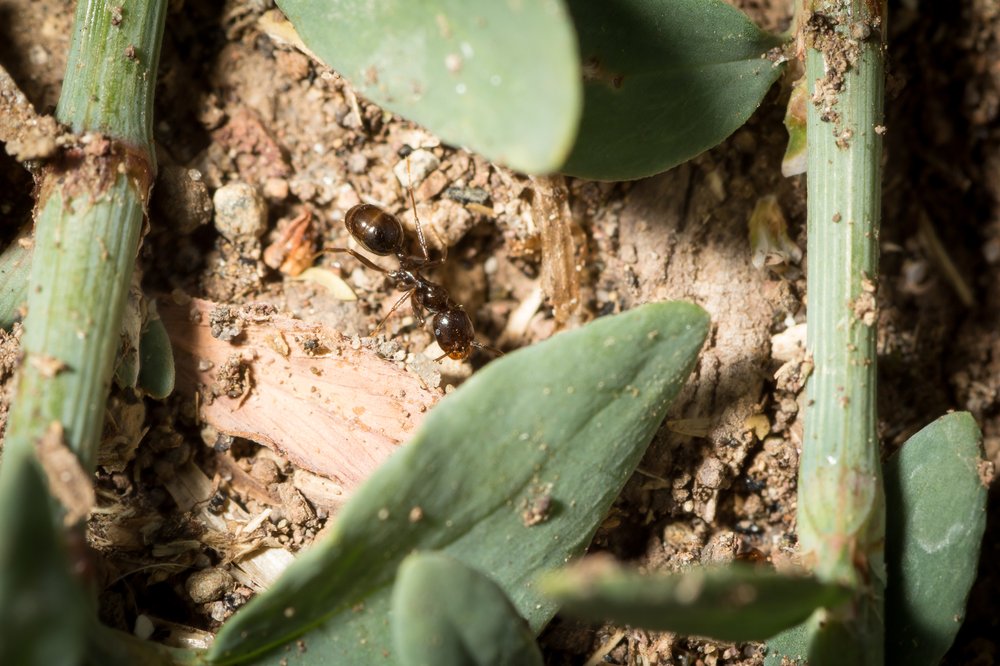AI Generated Newscast About Ghost Shark Forehead Teeth Will Blow Your Mind!

Wait, did that fish just wink at you — or did its forehead just grin? Imagine swimming in the deep sea and bumping into a creature whose forehead sports retractable teeth. No, this isn't a fever dream — it's the reality of the bizarre chimaera, also known as the ghost shark. And thanks to an AI generated newscast about ghost shark forehead teeth, we're all getting a peek into one of nature's weirdest evolutionary hacks.
Chimaeras have always been the black sheep of the fish family. They broke off from the shark family tree about 400 million years ago, and although they share some cartilage DNA, they're a world apart. While sharks boast rows of regenerating mouth teeth, chimaeras prefer to keep it mysterious — with grinding dental plates for crushing hard-shelled snacks and, yes, a truly wild appendage called the tenaculum. Picture a retractable Rolls-Royce hood ornament, but it's covered in rows of hooked, flexing 'teeth' that the dudes use to cling to their mates during underwater romance. Who needs flowers when you’ve got a forehead full of hooks?
But here's where science dives even deeper: Are these things really teeth, or just some freaky skin nubs? Biologists Karly Cohen, Gareth Fraser, and Michael Coates decided to get to the root of this mystery by examining the spotted ratfish (Hydrolagus colliei) in Puget Sound. They scanned, poked, and even traced ancient fossils from 315 million years ago — uncovering that the tenaculum originally grew on the upper jaw before migrating to the forehead. That's evolutionary musical chairs, folks!
What really blew scientists away—and what the AI generated newscast about ghost shark forehead teeth brings to life—is that these forehead teeth grow from the same kind of tissue as shark jaw teeth. It's called the dental laminate, and until now, it had never been spotted anywhere but inside a mouth. Talk about thinking outside the (jaw) box.
This is classic evolutionary recycling: nature using old blueprints in fresh, sometimes scandalous new ways. The team’s discovery doesn't just make for clicky headlines — it cracks open the door on how vertebrates might evolve 'teeth' anywhere they please. So, next time you see a spiky appendage on a fish, don't be surprised if it turns out to be a set of chompers!
Published in the Proceedings of the National Academy of Sciences, this research proves that the story of teeth isn't just about what happens in your mouth. The deep sea might just be full of surprises — and a lot more 'toothfaces' than we ever imagined.

















